The 10 ASX stocks you’ll wish you owned a decade from now

For any investor chasing growth, finding the next Pro Medicus, REA Group or Life360 is the dream. Each of these names turned from minnows into Australian success stories and global leaders.
But market leadership never stands still. Think ExxonMobil (NYSE: XOM), once the world’s biggest company, now ranked 14th in the S&P 500. Even CSL (ASX: CSL), once Australia’s crown jewel, has stumbled, slipping to seventh place among the nation’s largest companies. Titans do fall from grace.
As we enter a new era defined by AI, the energy transition, and capital rotation, few believe the next decade will be any different. At Livewire Live 2025, nearly 80% of investors said the next wave of market leaders will emerge within 10 years. Be ready, incumbents.
After our international version of this story - “10 years from now, these are the companies everyone will wish they owned” - went viral, readers demanded an ASX edition. So, by popular request, we’ve turned our gaze homeward to uncover the local names that could dominate the decade ahead.
We spoke with four fund managers to find out where they’re hunting for Australia’s next generation of market leaders:
- Jun Bei Liu, Tribeca Investment Partners
- Henry Jennings, Marcus Today
- Ben Richards, Seneca Financial Solutions
- Mark Elzayed, Investor Pulse
Where on the ASX should investors hunt for future leaders?

The experts were unanimous: the next generation of market leaders won’t be found among today’s large caps with mature businesses. The real opportunity lies further down the ASX - in the small and mid-cap space where inefficiencies, innovation, and valuation gaps still exist.
Jun Bei believes the timing couldn’t be better, noting that the Small Ordinaries Accumulation Index is up 21.5% over the past year, compared to the ASX 50’s miserly 8.3% gain.
Small caps are trading on roughly 18 times earnings - about a 10% discount to ASX 100 companies - yet are expected to deliver around 12% earnings growth in FY26, compared to virtually no growth for large caps.
"This isn’t just a trade; the rotation looks structural - small caps have outperformed large caps by nearly 9% since May 2025 as the rate cycle rolls over," she says.
And with the RBA easing and more cuts likely, this mix of valuation support and earnings momentum makes the story even more compelling.
Decoding the themes
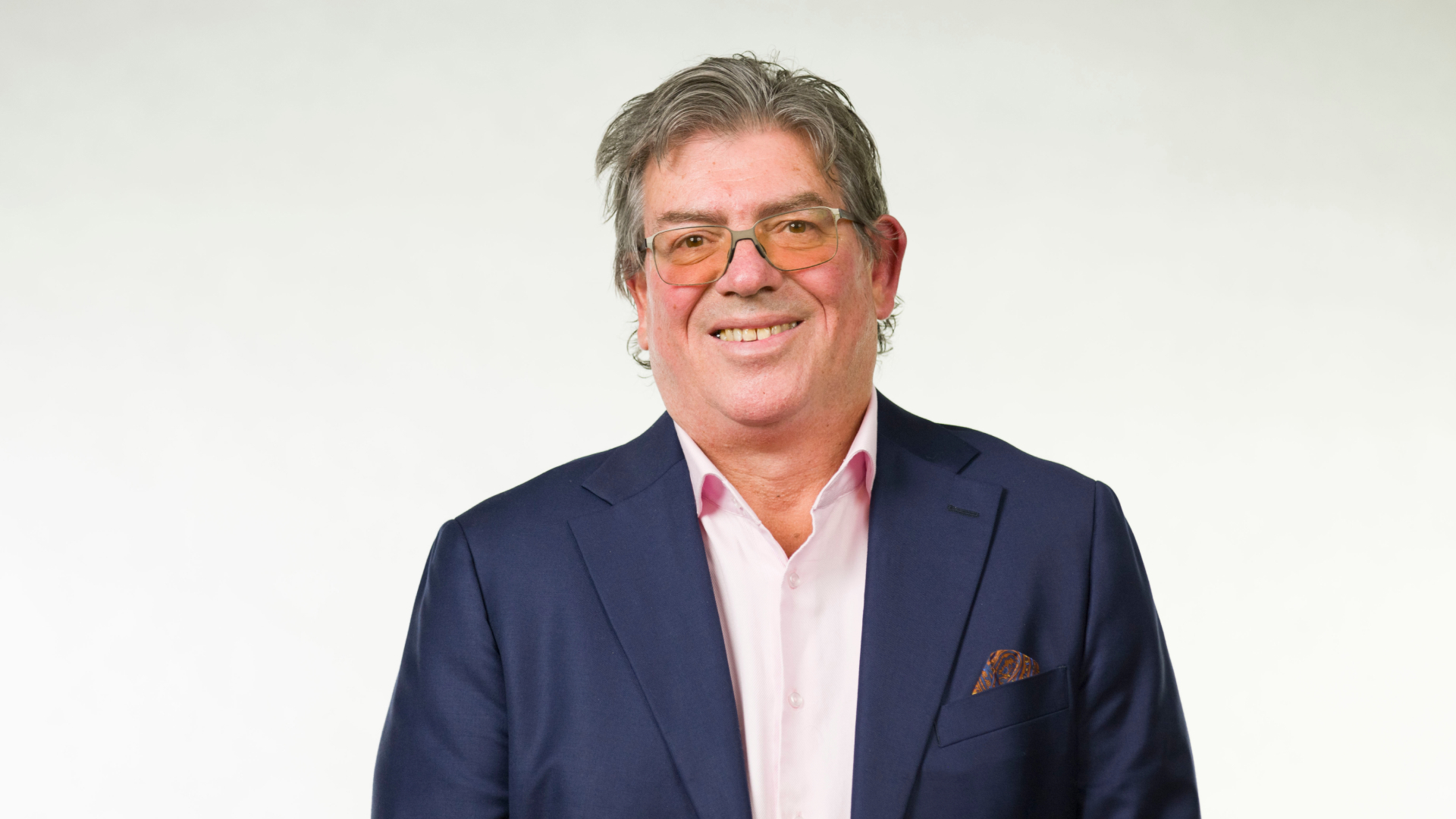
Jennings agrees the battle for Australia’s next big growth story will be fought in the small- and mid-cap arena. He nominates “the intersection of data integrity and artificial intelligence” as the theme that will define the next decade of winners.
“We are on the cusp of the AI revolution. Coupled with the growth of data centres, technology would seem to be the place to hunt for future leaders,” he says.
However, Elzayed isn’t convinced AI is the only game in town. He prefers to stick with quality industrials, where small and mid-caps trade at historic discounts yet benefit from powerful domestic tailwinds in infrastructure, maintenance, and services demand.
“Our view is that investors should focus on small and mid-cap industrials where the valuation gap and earnings tailwinds align for potential leadership emergence,” says Elzayed.
Richards takes a broader view, arguing that chasing a single theme or sector risks missing the bigger picture in small caps. He notes that “there is plenty of inefficiency in this part of the market,” which continues to create opportunities for discerning investors.
After all, companies with market caps below $1 billion comprise 84% of the ASX by number - yet remain largely overlooked by brokers.
The makings of a future leader

While there’s no single formula, the experts believe there are consistent traits that define companies capable of climbing the ASX ranks:
- A total addressable market (TAM) that’s domestically or globally significant
- Proven, capable leadership
- An entrepreneurial, future-facing culture
- Management and key stakeholders who are motivated and aligned
- A clear tipping point for growth
- A strong moat to fend off competitors
- Products with viral potential
- The ability to harness new AI technologies
Richards offers a hot tip, pointing investors to one critical metric: return on invested capital (ROIC) - a measure of how efficiently a company turns shareholder funds into profit. He seeks out businesses with strong ROIC that may look ordinary at first glance but quietly compound over time.
“High ROIC leads to the beautiful thing called ‘compounding’ that can lead to continual upgrades above consensus expectations, due to exponential growth rather than linear growth, which people generally tend to structurally underestimate," he says.
And for investors less familiar with this space, Jun Bei offers a simple guiding principle:
“They should have clear competitive advantages in industries with durable revenue growth, and business models you can understand without a PhD,” she says.
The stocks tipped as future leaders
When asked to name one stock they believe could grow into the ASX 50 - or even the ASX 20 - within the next decade, the experts highlighted companies with strong fundamentals, recurring revenue and structural tailwinds.
Jun Bei: Life360 (ASX: 360)
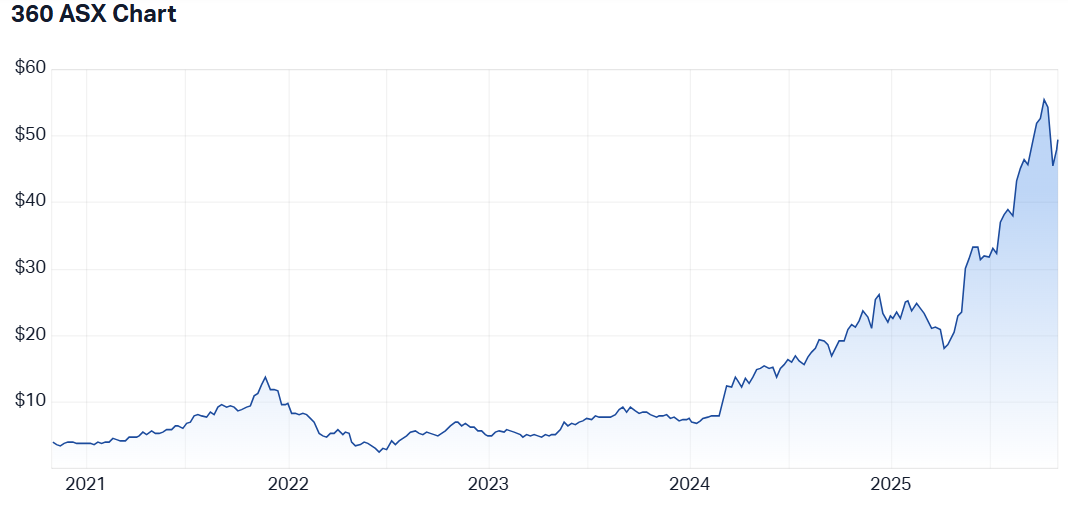
Jun Bei says Life360 "stands out as a future market leader" because it’s evolving from a simple location‑sharing app into a full family‑safety technology ecosystem.
The app has seen stunning growth and now counts more than 84 million monthly active users and has a clear roadmap to exceed 150 million by FY28.
"Its asset‑light model drives strong cash generation, while new features, like pet and aging‑parent trackers, expand engagement and monetisation opportunities. The company is also unlocking a high‑margin advertising platform, leveraging first‑party location data to create contextual campaigns for its predominantly free user base," she says.
Revenue is forecasted to surpass US$1 billion by FY30, supported by operating leverage and margins trending toward 30%+.
"It has the hallmarks of a business positioned to lead for the next decade," says Jun Bei.
In a conversation with Livewire this August, CFO Russell Burke outlined how Life360 is expanding its ecosystem to unlock new monetisation opportunities and its roadmap to higher revenues.

Jennings - Nuix (ASX: NXL)
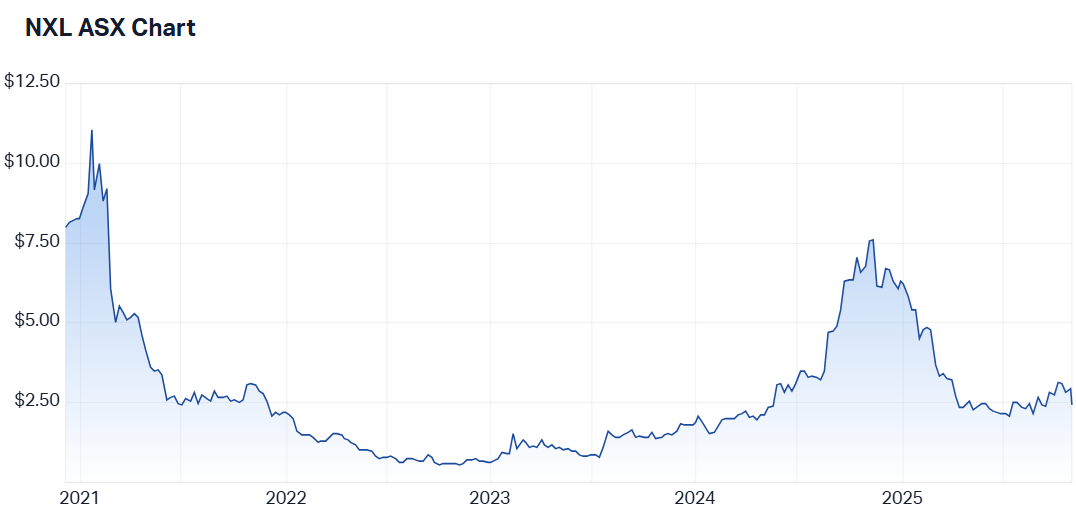
Jennings sees Nuix as one of the most intriguing turnaround stories on the ASX, despite the resignation of CEO Jonathan Rubinsztein this week.
The announcement weighed on Nuix’s share price, but Jennings believes it could represent a buying opportunity for patient investors. He points to several positive catalysts:
- The development of Nuix Neo, an AI-powered platform aimed at enhancing data-analysis capabilities, is starting to gain traction.
- Neo has been the key driver behind an 8% lift in annualised contract value (ACV).
- New sales are typically two to three times larger when Neo is involved compared with legacy products.
- Early customer feedback indicated strong interest in AI-driven solutions.
- Nuix achieved both a positive underlying cash flow and positive overall cash flow for the full year.
“Nuix Neo was released in Q1 FY24 and offers significant upside, as we’re seeing from the ACV growth to $28.1 million at year-end - up 132% on the prior corresponding period,” he says.
“There were 75 Nuix Neo customers at the end of the year, up from 23 a year earlier.”
A new CEO could also prove to be a catalyst if they execute the rollout of Nuix Neo successfully.
“Governance has been an issue in the past, and a new CEO could focus and hone the strategy while continuing the rollout of Nuix Neo,” Jennings says, adding that Macquarie remains a major shareholder, while Australian Ethical has lifted its stake to more than 8%, up from 7.15%.
Richards – Siteminder (ASX: SDR), Audinate (ASX: AD8) and Qoria (ASX: QOR)
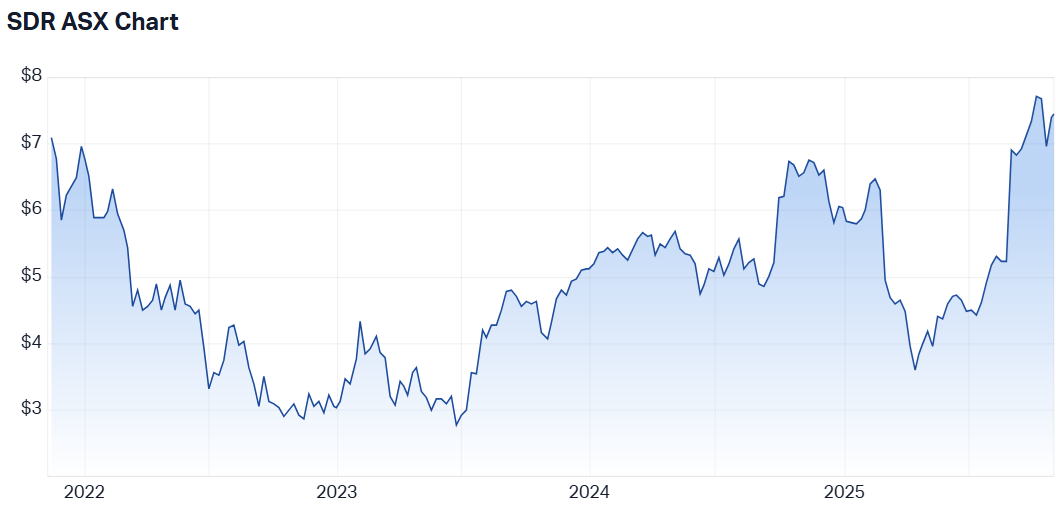
Richards favours high-ROIC software businesses with recurring revenue and large addressable markets. His top pick is Siteminder, which helps hotels maximise occupancy and efficiency through its global SaaS platform.
With ~9% market share, Siteminder has plenty of room to grow in a large and lucrative global travel market.
"Siteminder generates ~80% recurring SaaS revenue and ~20% transaction-linked revenue. The transaction revenue is more cyclical in nature, but the company is clearly confident in the efficiency gains that these software modules will provide, such that they are happy to get paid on a performance based metric," he says.
He also reiterated two peers he’s previously written about that fit the same mould:
- Audinate (ASX: AD8) – a fallen technology darling which we think can double in the next couple of years. “This is a tech monopoly business trading at an all-time low valuation. In 3-5 years, we think Audinate can be a materially larger business, with significant upside to margins.”

- Qoria (ASX: QOR) – an innovative business at the forefront of a cyber safety technology revolution. "Qoria has just entered the ASX 300, but we think the stock has further to run, and ASX 200 inclusion within the next couple of years is not out of the question”

Elzayed – GenusPlus Group (ASX: GNP)
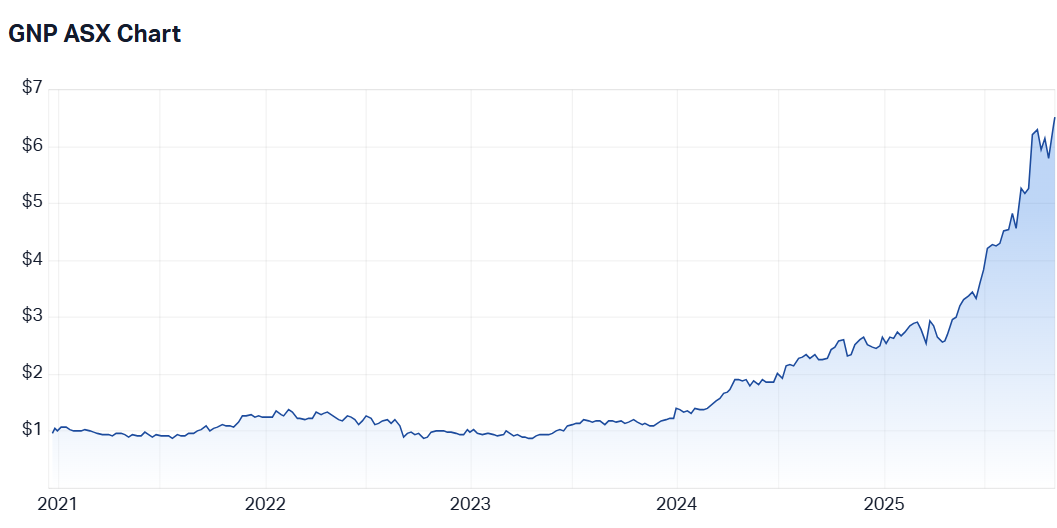
Elzayed is backing GenusPlus Group, which is emerging as a “pure-play” enabler of Australia’s energy and telecom infrastructure transition, with operations spanning power, grid, communications, battery-energy-storage systems (BESS) and national broadband upgrades.
In FY25, the company delivered 36% revenue growth, 49% EBITDA growth, and ended the year net cash, underscoring its ability to expand without stretching its balance sheet.
"If the company sustains its growth trajectory, executes well and captures the infrastructure tailwinds, it has clear potential to scale into a leadership position over the next decade. Its business model (infrastructure services), strong balance sheet, and high growth make it a credible future leader," he says.
BONUS ROUND: Who could overtake CBA as Australia’s biggest company?
With experts bold enough to nominate future leaders, we went a step further - asking them to name their top pick for the next king of the Australian stock market.
In Canada, tech giant Shopify (TSE: SHOP), which listed only in 2015, overtook the Royal Bank of Canada (TSE: RY) to become the largest company on the TSX this year. Commonwealth Bank of Australia's (ASX: CBA) market cap is about the same as Royal's.
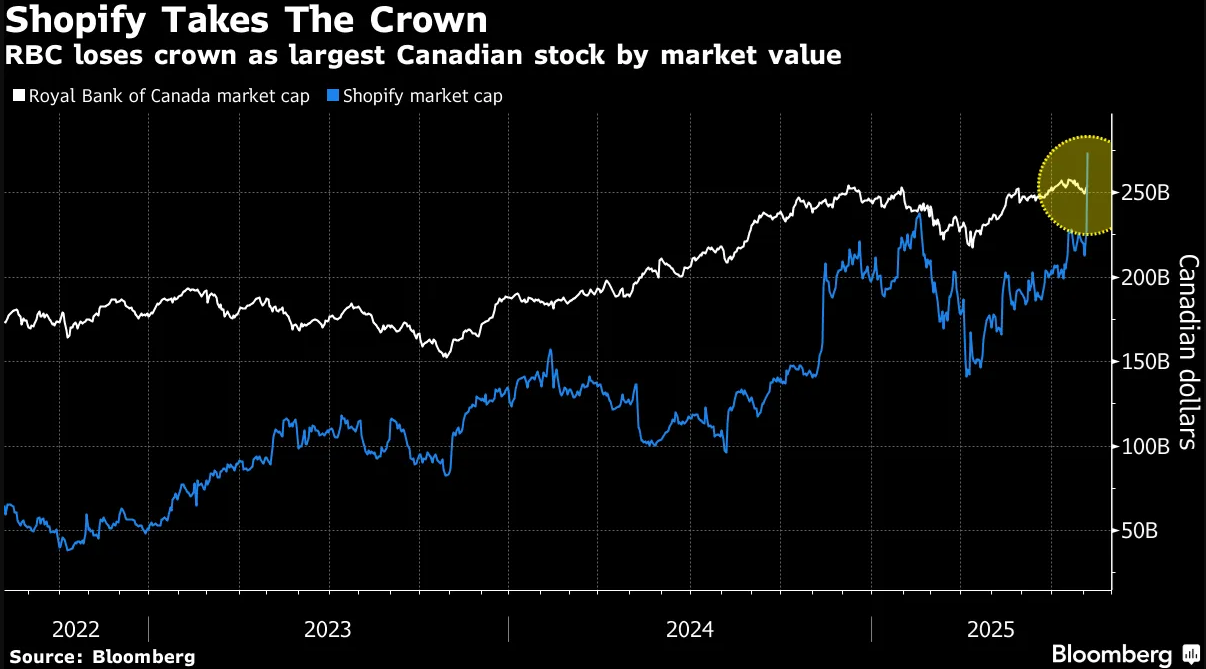
If it happened there, why not here? So we put the challenge to our experts: Which company might one day overtake CommBank - or at least emerge as a surprise ASX 20 contender?
Jun Bei – Pro Medicus (ASX: PME) | Current market cap = $29 billion
Jun Bei doesn’t hesitate; Pro Medicus, she firmly believes, has the “right ingredients to become the largest company on the ASX within the next decade.”
The shift toward digital diagnostics and AI‑enabled radiology is structural, and PME is positioned at the center of that transformation. Its Visage platform is already embedded in major U.S. hospital networks, driving recurring revenue with long‑term contracts and high switching costs.
"With healthcare digitization accelerating globally, PME’s addressable market is expanding well beyond radiology into broader clinical workflows," she says.
“The company combines exceptional margins, strong cash generation, and a proven ability to scale internationally, traits that support sustained compounding. If PME continues to execute on innovation and global expansion, it could redefine what an Australian tech champion looks like over the next 10 years," she says.
Jennings – Xero (ASX: XRO) | Current market cap = $25 billion
Jennings believes Xero could be the one to dethrone the banks, with the acquisition of Melio being a key tool to turbocharge its growth in the U.S.
“Melio makes accounting software for small- and medium-sized businesses. The deal will almost triple its North American revenue,” he says.
Melio isn’t yet profitable, but it shifts Xero’s focus from pure accounting software to transaction-based revenue, collecting fees on roughly US$30 billion in payments processed through the platform.
“It’s a big roll of the dice,” Jennings concedes, “and time will tell if it works.”
Richards – Neuren Pharmaceuticals (ASX: NEU) | Current market cap = $2.72 billion
While Richards emphasises he prefers to focus on risk-adjusted returns, when he looks across his portfolio, his top candidate to evolve into a future large-cap - though not necessarily a CBA displacer - is Neuren Pharmaceuticals, a drug company targeting rare diseases he's previously discussed.
“Neuren has an existing profitable drug called Daybue, which, together with Neuren’s capital-light royalty sales model and growing cash balance, we think is worth $15–$20 per share, mostly underpinning the current share price,” he says.
Richards, who has previously profiled the company on Livewire, pulls no punches. He says the next leg of growth hinges on the results of Neuren’s phase 3 trials for its potential blockbuster NNZ-2591 drug, due in about 18 months - results that could propel the $2.7 billion firm toward a $10 billion valuation.

But he stresses the company isn’t a “make-or-break” story like many one-hit wonders in biotech.
"Critically, we feel that at current prices we are still getting this optionality ‘for free’. Anyone can pick something with huge upside potential when you ignore downside. But when the downside risk is underwritten and you get asymmetric upside, this generates highly attractive risk-adjusted returns," he says.
Elzayed – CAR Group (ASX: CAR) | Current market cap = $14 billion

Elzayed tips CAR Group, a high-margin, cash-generative digital marketplace that’s quietly shifting into a higher gear as it expands globally across vehicles, boats, and machinery.
"CAR remains one of Australia’s best structural growth stories: capital-light, globally scalable and increasingly diversified," he says.
In FY25, revenue rose about 8% to $1.18 billion, with EBITDA margins near 56% and cash conversion around 98% - proof the engine’s running smoothly.
Still, with a market cap of $14 billion versus CBA’s $280 billion, CAR would need to grow at roughly 30% a year for the next decade to catch Australia’s biggest company - an ambitious return target. But as Shopify’s rise in Canada shows, good execution and patience can deliver spectacular outcomes, even if the valuation seems lofty.
“CAR's upside lies in sustained international expansion across the US, Brazil, and Korea, plus the monetisation of data services and network effects that could drive mid-teens revenue growth and higher margins,” Elzayed says.
Final words
If history is any guide, Australia’s next market leaders are already in motion — they just haven’t been fully recognised yet. Market power never stands still; it shifts to those building, innovating, and scaling ahead of the curve. Every generation produces new heroes — and these might just be the ones investors will wish they owned.
And vote or tell us below - do you think CBA will still be Australia’s biggest company in 10 years’ time? If not, which stock do you believe will? Tell us in the comments below.
3 topics
11 stocks mentioned
3 contributors mentioned

